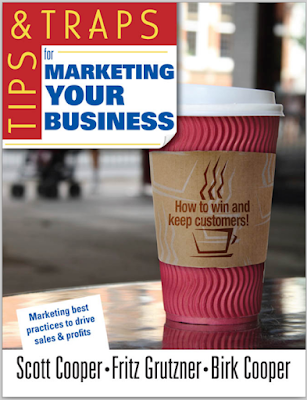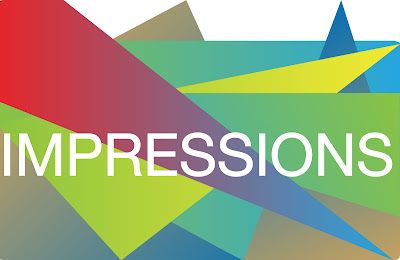It's been a while. We haven't posted here since April 25.
And today's "dropping by" is just to check in, and issue an update: We'll be away for a little longer. Yes, Lasting Impressions is still on hiatus for another month.
* * *
There's a lot going on at Complit Communications. Yes, a lot of good writing is still happening. But to avoid spreading ourselves too thin, we are having to put some projects on the side for a while.
But here is a promise you can hold us to: We are coming back with fantastic marketing insights in July 2022.
In the meantime, here are three priceless reads that we recommend. Not only for marketing pundits, but for anyone who sells anything and wants to get better at it:
1. The Mirror Makers: A History of American Advertising and its Creators by Stephen Fox. Available here.
2. Advertising for Results by G. F. Brown. This eBook is available for free download online.
3. A Beautiful Constraint: How to Transform your Limitations into Advantages, and why it is Everyone's Business by Adam Morgan and Mark Barden. Available here.
Happy reading throughout June.
* * *
Well, many of us may never have seen a diamond in the flesh and neither is this a time to pretend. But good writing takes a lot of reading and that's why we are taking some time off to research and read. And wallow in some good funk!
* * *















